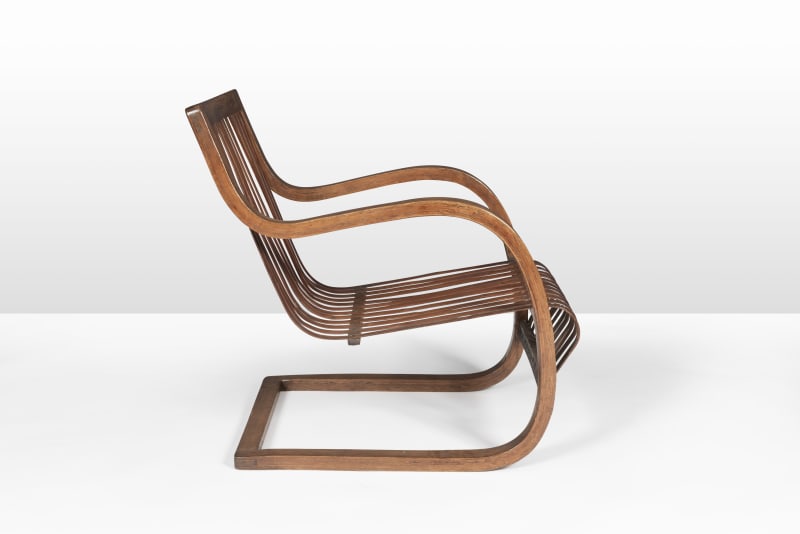The twentieth century was a turning point in Japanese’s design history.
A post-industrial and a modern globalized world brought new ideas and inspiration to Japanese society and its artists, while succeeding in maintaining a very strong hold on their heritage. As the former dominant and traditional Tansu design was progressively overshadowed by modern designers and their now iconic pieces, ancient traditions and craftsmanship fought their way into the new world.
The first half of the twentieth century sees the beginning of a shift from the former traditional customs to modernized living. Japanese society embraced western influence on lifestyle and design.
For metalworkers, it was time to adapt. Following the abolition of the Samuraïs in 1876, with no more arms to make, they had to adjust and move towards a less war-oriented design. Thus, they started making everyday objects such as the Yasumis and Hasegawas’s sleek bronze vases. Everyday objects are also part of Japanese design’s tradition. The institution that is the tea ceremony brought ancestral ceramic design skills from past centuries to today.
Finally, the 1930’s was the time for the first examples of western inspired furniture such as Yanagi’s stool for Mingeikan’s museum or Ubunji Kikodoro bamboo chair made in 1937 and shown during the 1939 World exhibition in New York.
The second half of the twentieth century marked a turning point in the evolution of Japanese design.
The second world war left Japan benighted. The country needed to rebuild itself and to adjust to the new world. They had to work with simple, accessible and affordable materials without losing quality and without giving the impression of a cheap product. The perfect example would be the iconic 1950 “rope chair” by Riki Watanabe.
Exporting had also become essential. The quality of Japanese products was well-established and could be applied to many fields. At that time, design was neither a word nor a common concept, but the government wanted to promote a design adapted to high-end foreign markets. There was much to learn. Consequently, the first designers' associations were created in 1952, 1956 and 1957 while an exchange program with Scandinavia was being organized. Young students were sent to Scandinavia at a time during which Japanese citizens were not allowed to go abroad (until 1964). The design field became all the more sought after. What’s more, great designers from abroad started coming to Japan.
Ole Wanscher came to give lectures and Charlotte Perriand invited by the Japanese government in 1940, had an exhibition in the Takashimaya store about the new Japanese design. Department stores showed their work (Danish exhibition "Good design" at Daimaru department store in 1957, Finnish-Danish exhibition at Shirokiya store in 1958).
Then, with the return of a certain stability, the Japanese themselves started to be interested in this kind of furniture. Hotels and offices called upon the talents of young Japanese designers like Isamu Kenmochi who created his tables for the National Kyoto Conference Center in 1961.
Thus, until the end of the twentieth century, strong of its tradition, its perfectionism, but also of western influences, Japan continued to shape some of the greatest contemporary designers, such as Shiro Kuramata whose most iconic piece of furniture is the "How high the moon" armchair, created in 1986 and now part of MoMA’s permanent collection.
